Bicycle safety is the most important aspect of biking – before fitness or fun, you have to know how to avoid collisions with other road users. This advice comes from years of biking through suburban neighborhoods in the United States and I probably have blindspots when it comes to built-up cities and rural areas. There are three key areas of safe biking: routing, behavior, and equipment. As the first safety tip, we will focus on routing.
Infrastructure that serves both cars and bikes well is rare in the United States.As a rule of thumb, prefer routes that you wouldn’t normally drive along. Many aspiring bike commuters or weekday errand-runners will bike the same routes they typically drive and end up miserable around heavy car traffic and barely-there bike accommodations.
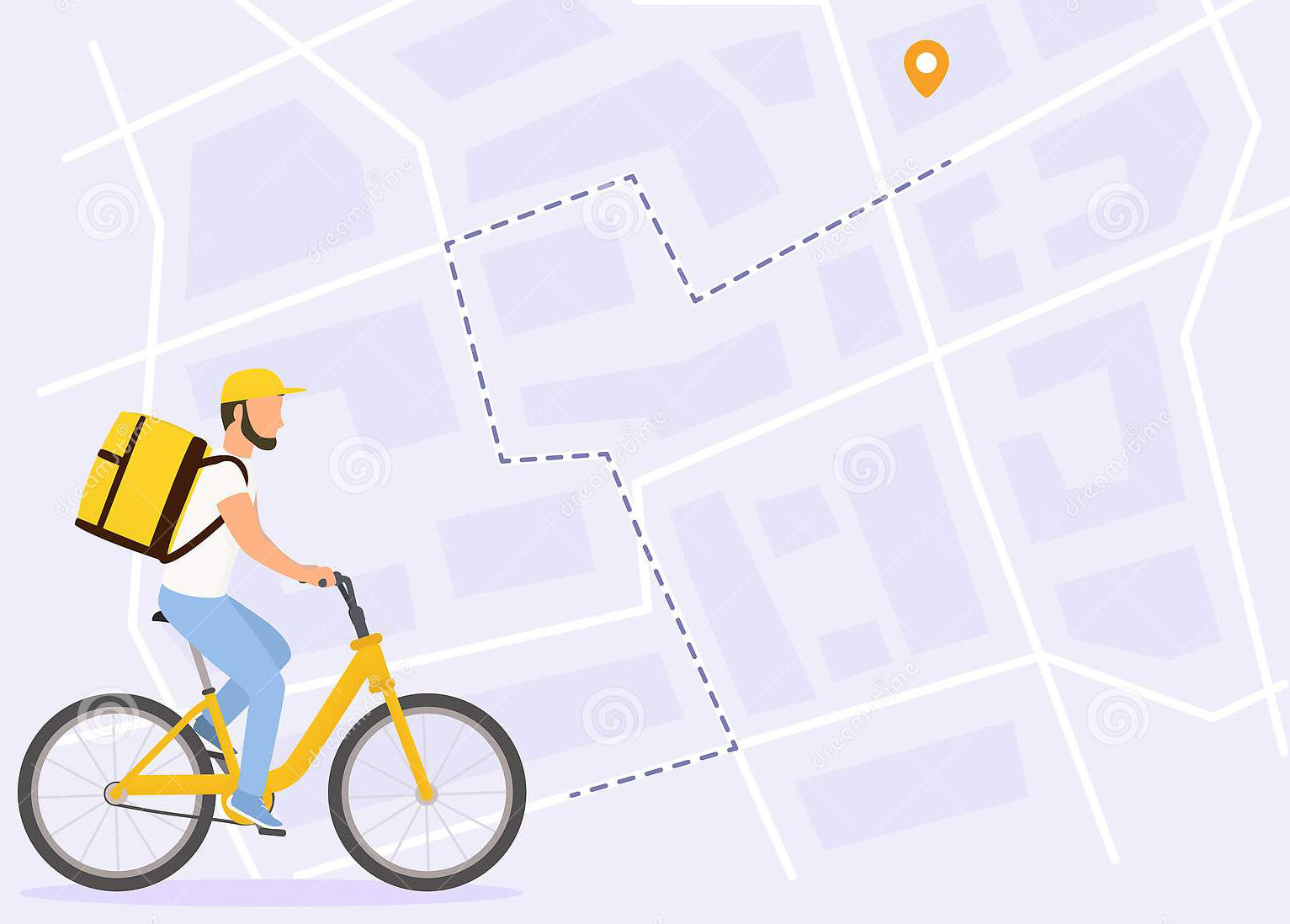
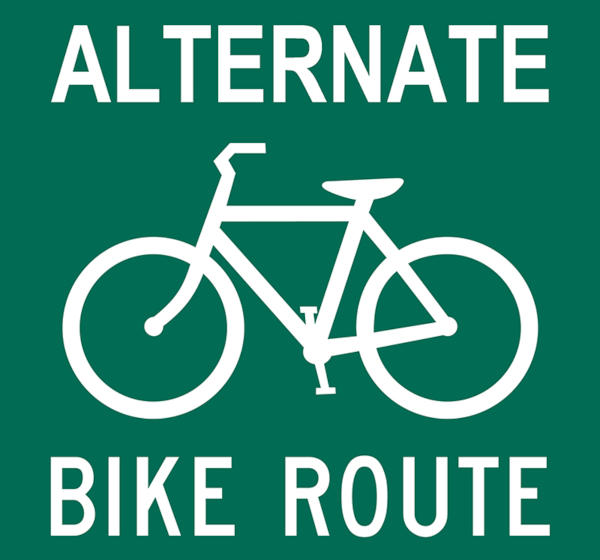
Instead,
- Find an alternate route by exploring the urban environment on a weekend, without a time constraint. This means avoiding arterials, or roads with more than one lane in each direction, often connecting to a freeway, and even sometimes recommended on “bikeways’ ‘ maps.
- Look for neighborhood roads that are designed to slow cars down but still have stop lights at intersections with busy roads. Even though these routes are longer than the straight-shot that drivers enjoy, they’re safer and less stressful.
- Pin your route to bottlenecks where you have to cross freeways or waterways. These barriers have limited options for crossing because they don’t integrate with other road systems.
Highway crossings can be particularly dangerous because cars are getting on and off at high speeds, merging through bike lanes. And because overpasses are controlled by the same state agencies that maintain the highway, they’re often in states of disrepair, with seams and potholes that force your attention on the pavement when you should be aware of nearby cars.
Bicycle or pedestrian bridges are ideal, but overpasses without freeway access are the next best thing. Streams might have bridges near schools for students in the neighborhood or dedicated trails that run beside them.
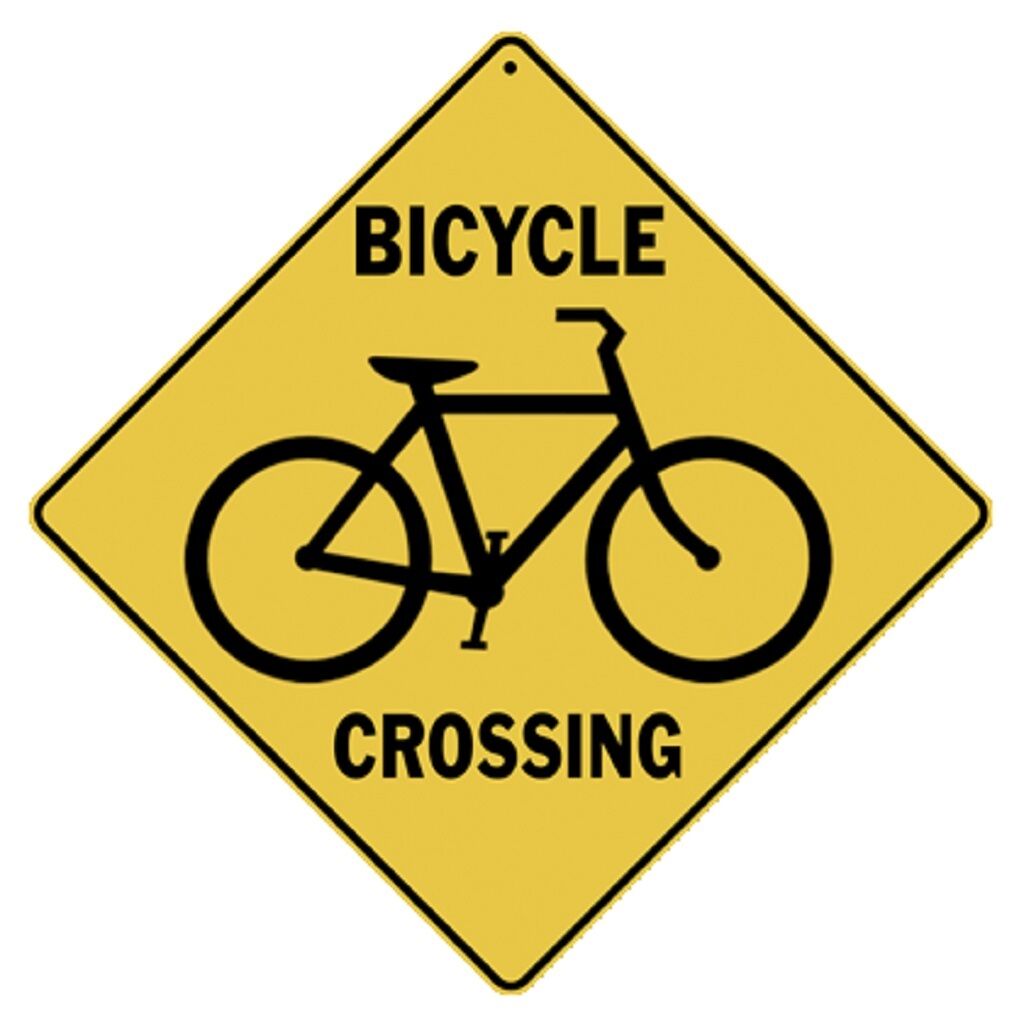
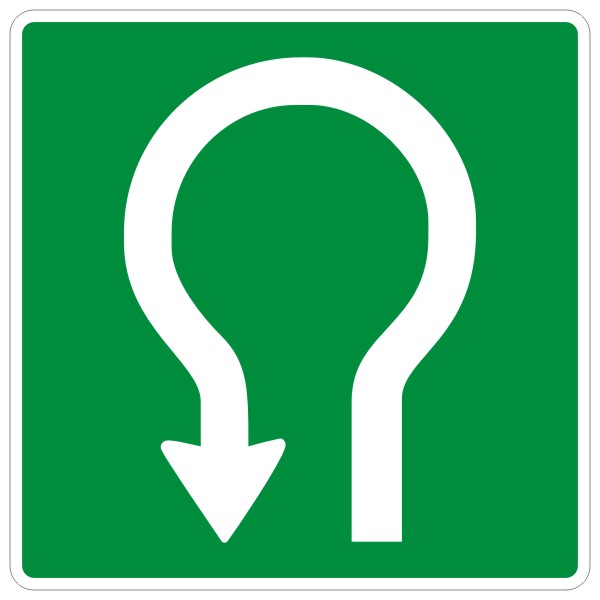
With crossings out of the way, look for neighborhood parks or streets without car outlets to open up a more direct route. Some cities put pedestrian cut-throughs at the end of cul-de-sacs, but they’re difficult to find on maps. If you have no choice but to bridge a gap, walk your bike on the sidewalk or through a pedestrian gate. Biking through parking lots or schools is dangerous at different points of the day, depending on what the lot serves. Malls with dining and retail are almost always dangerous and schools are problematic during the week in the mornings and afternoon. Bike infrastructure near train stations and schools can be better than average, but they come with increased traffic.
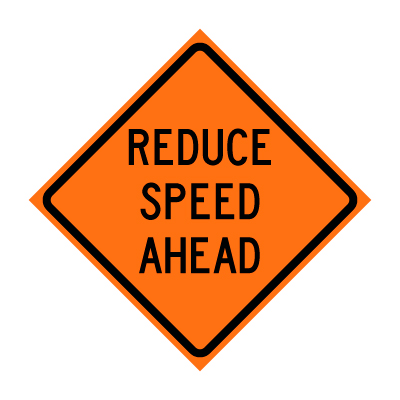
While routing is the most important aspect of being safe, I have the least amount of advice for it because every environment is different. Ask your bike commuting coworkers about good routes, find local advocacy groups with knowledgeable bicyclists, look on Strava or Ride Spot for ideas, and observe bicyclists in neighborhoods along potential routes.
In the next safety tip, we will discuss behavior. Stay tuned!
